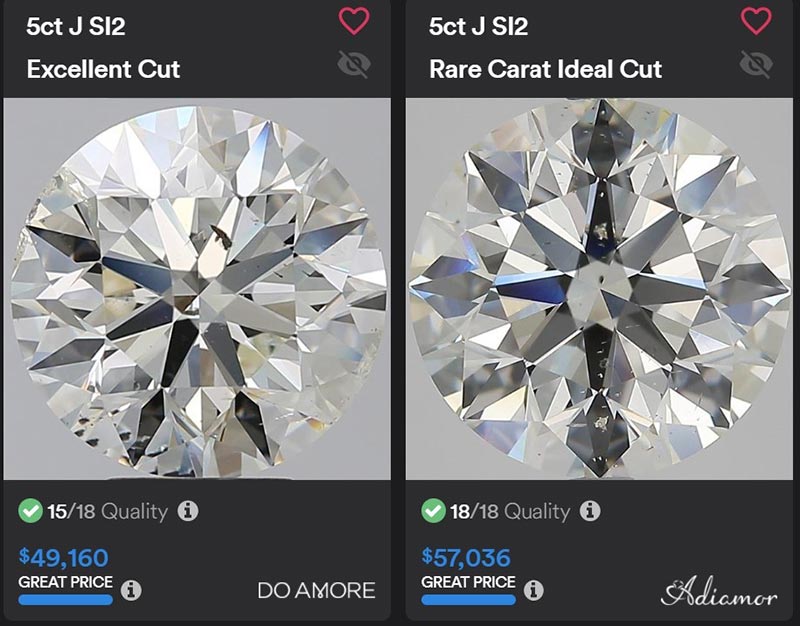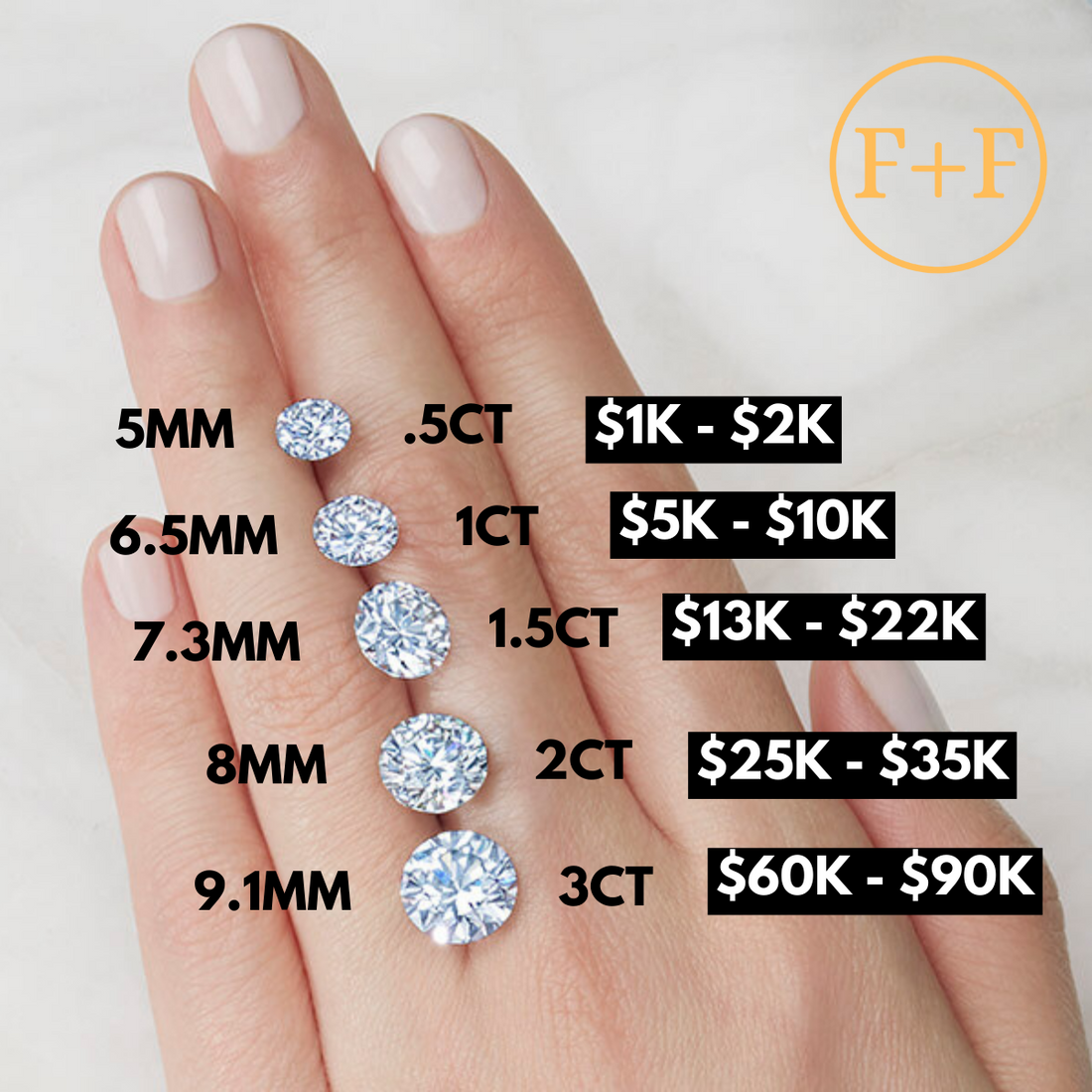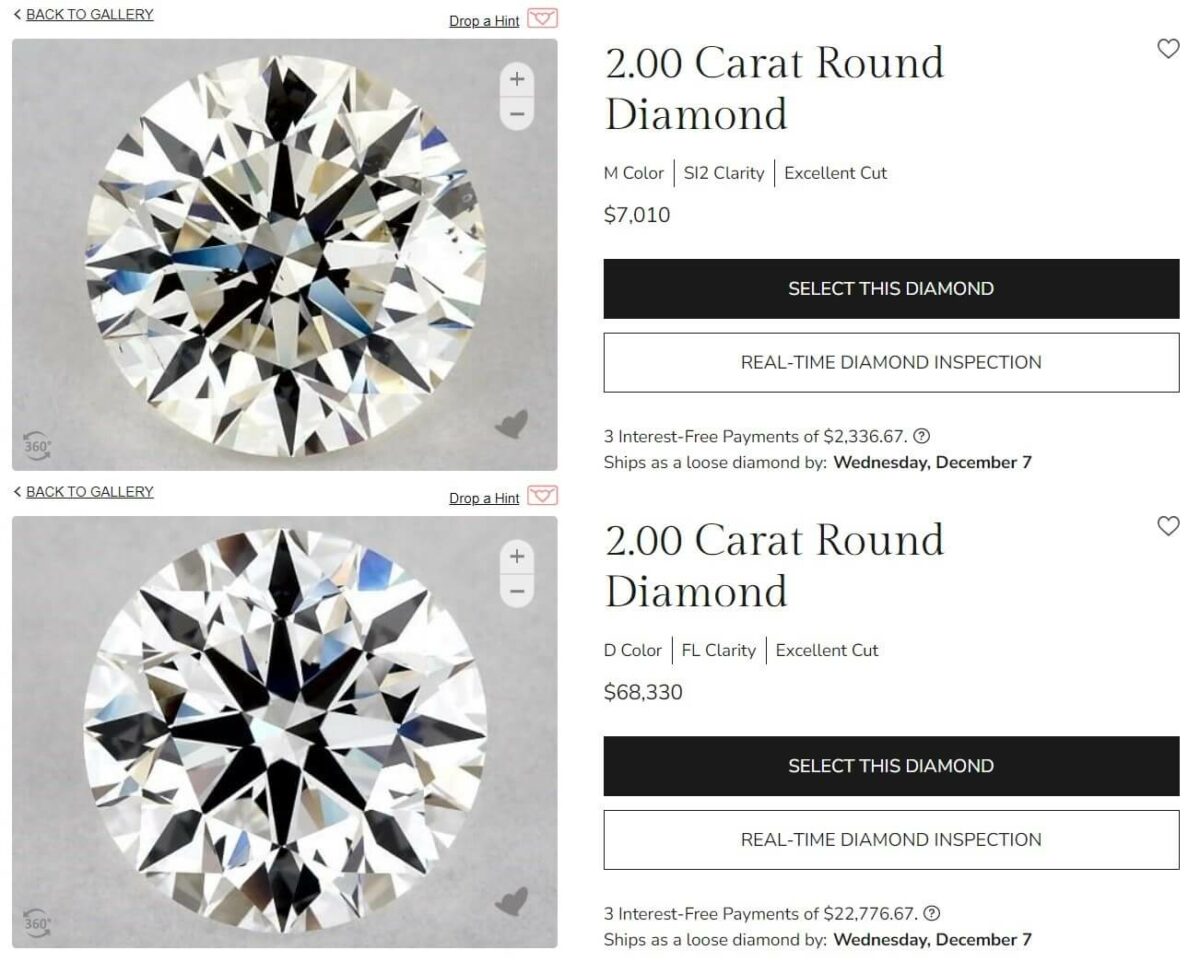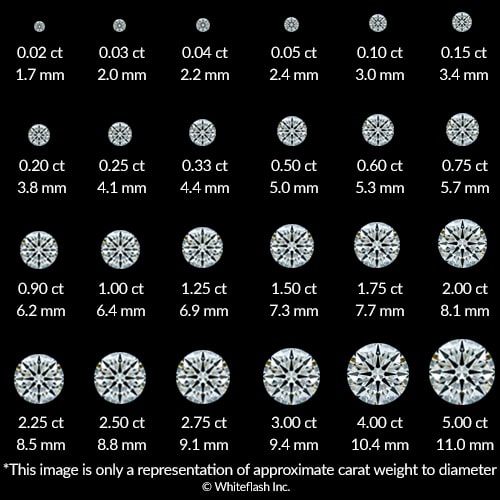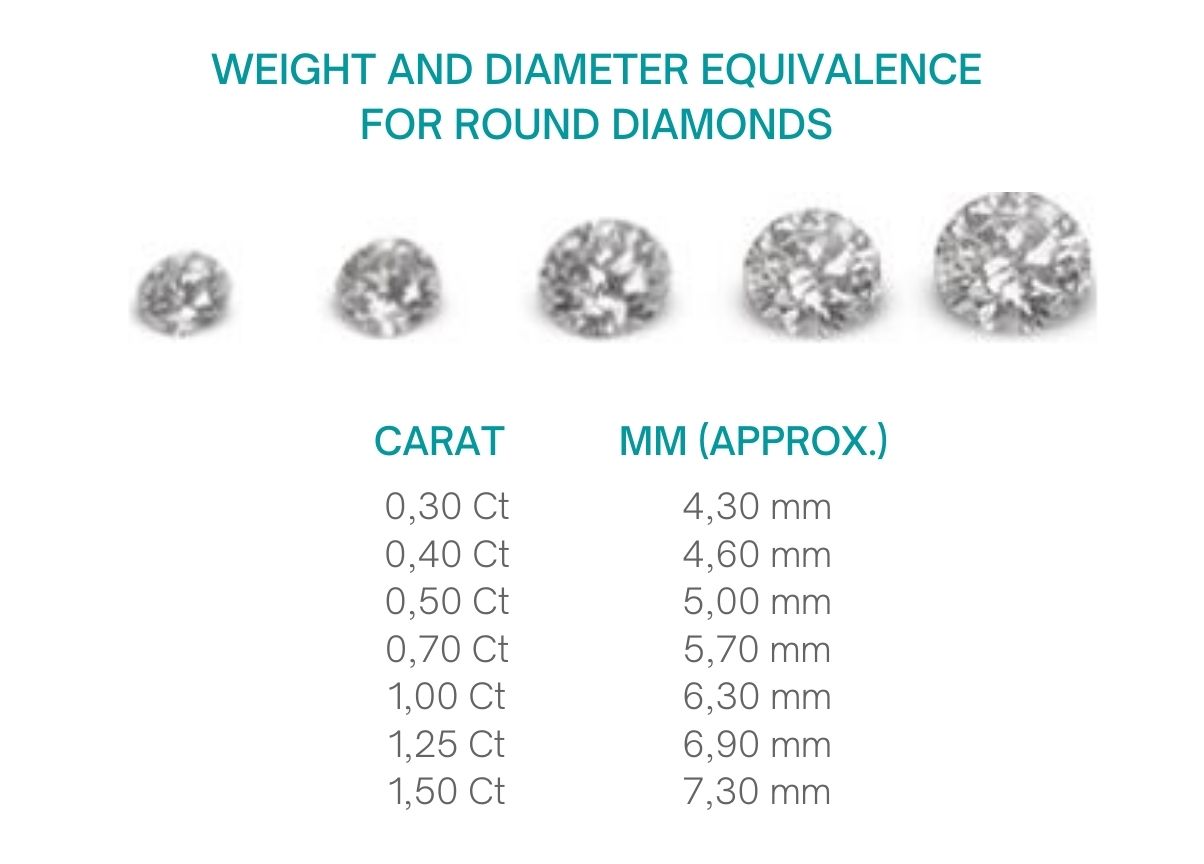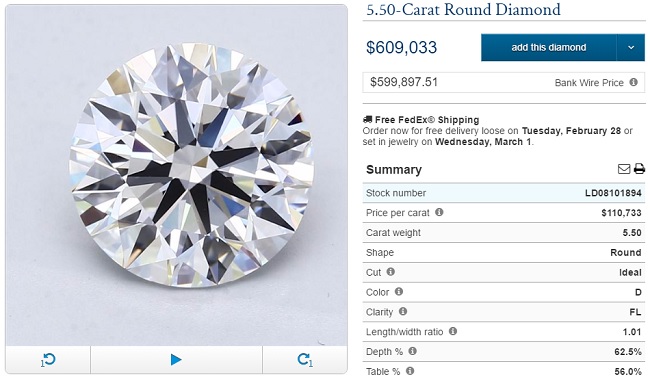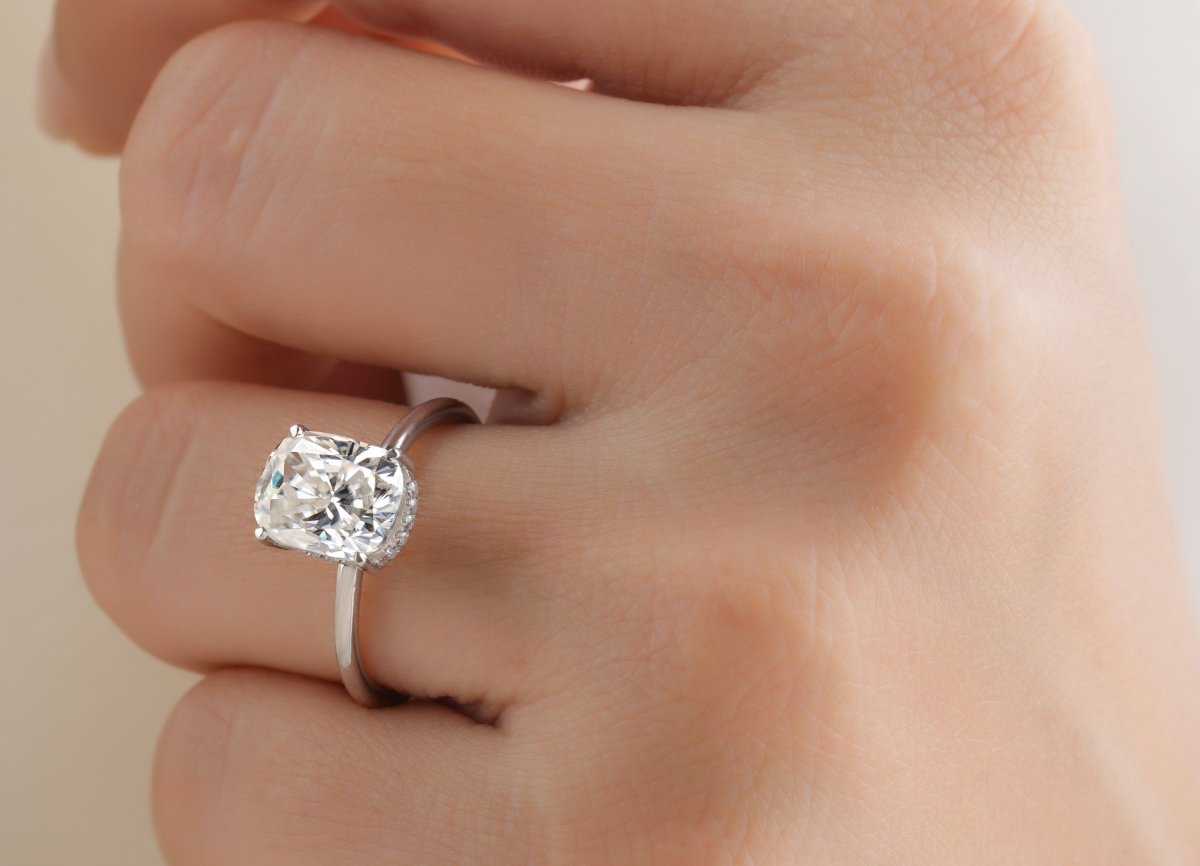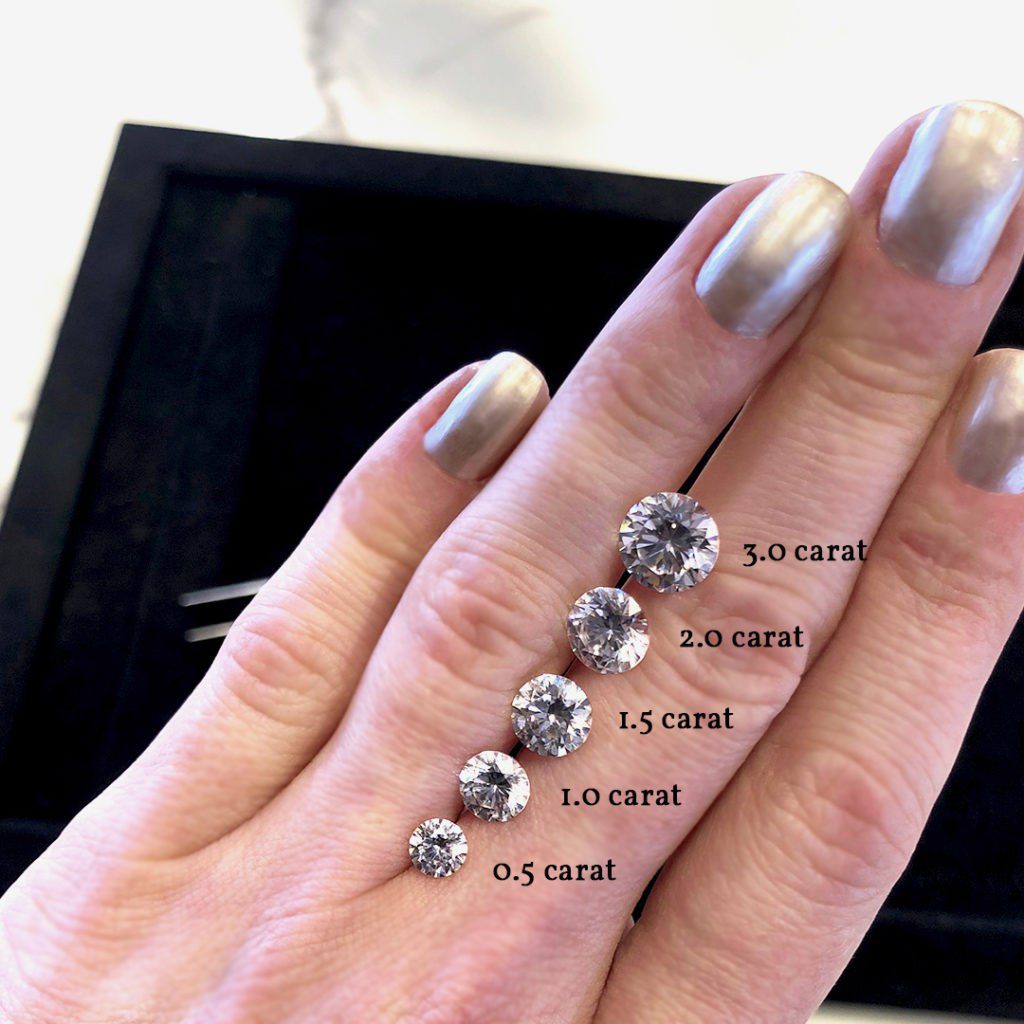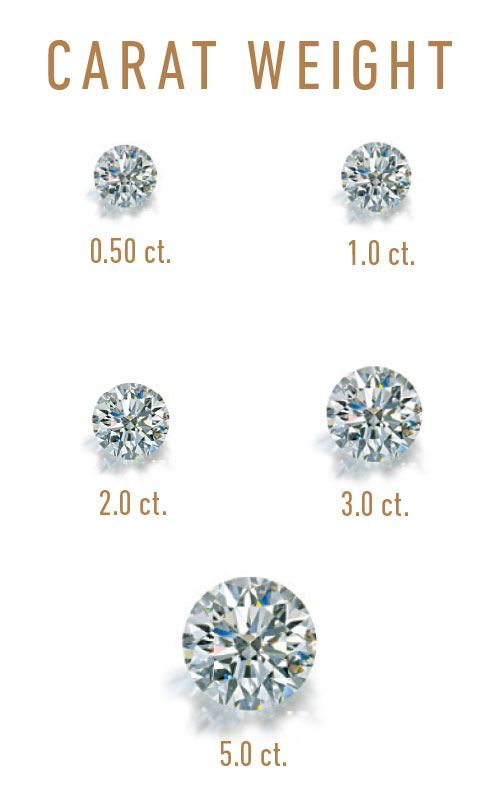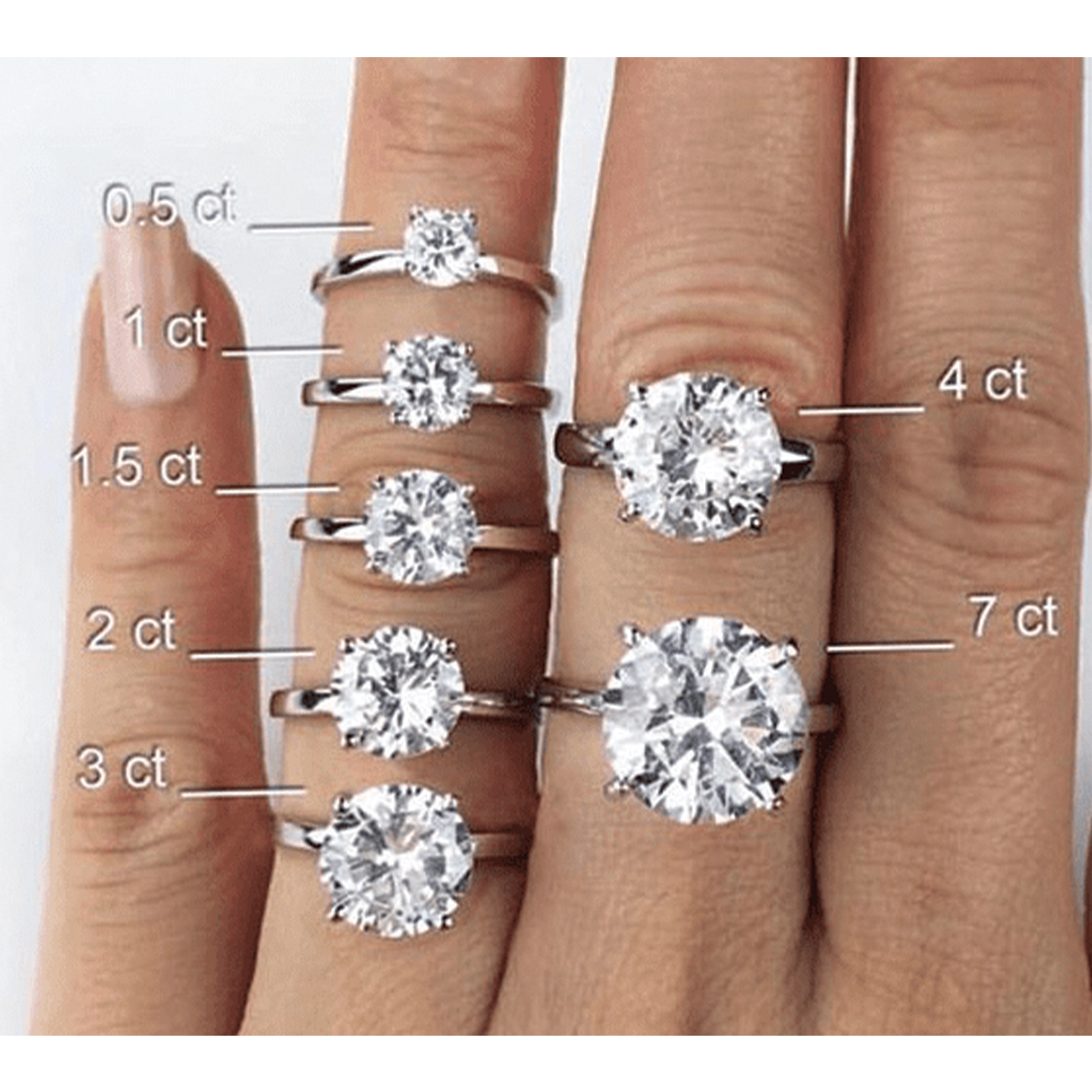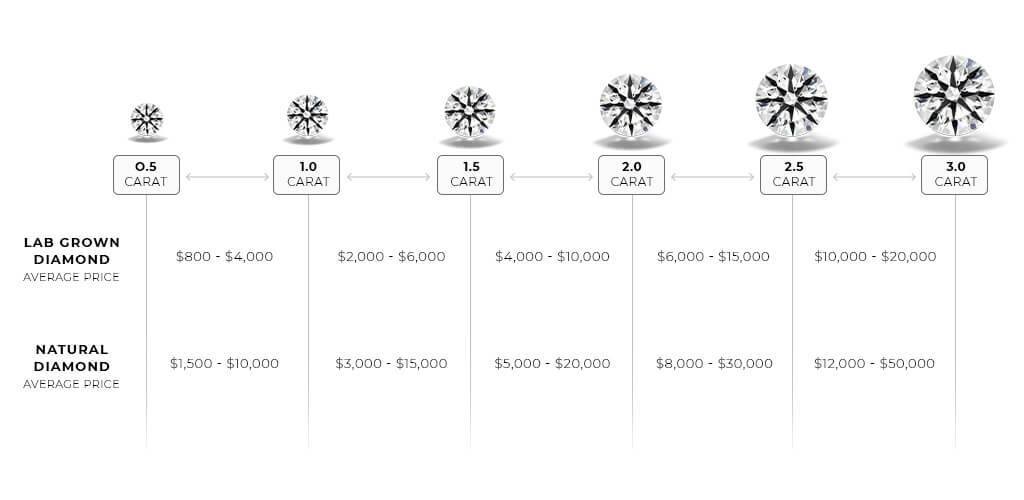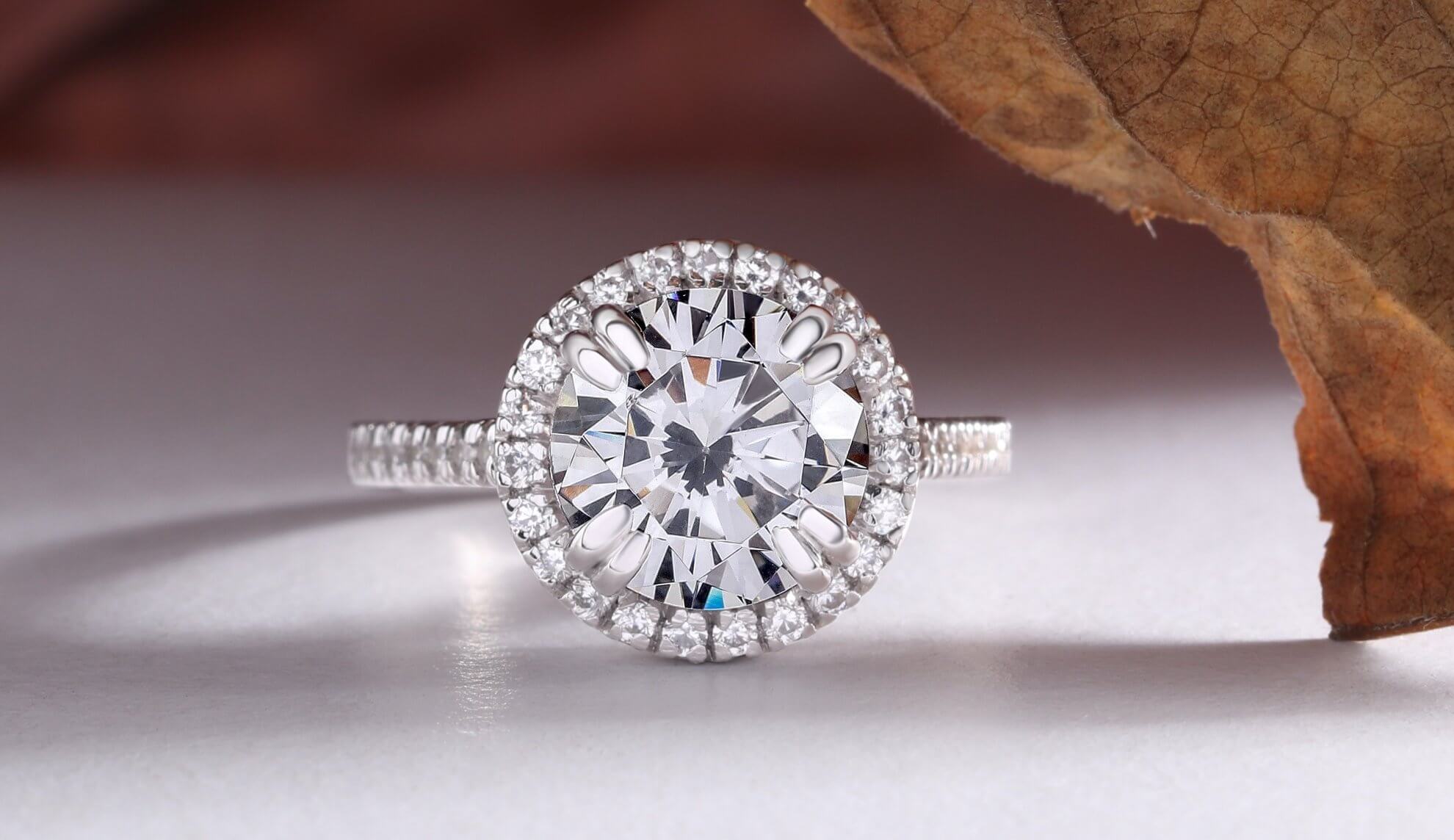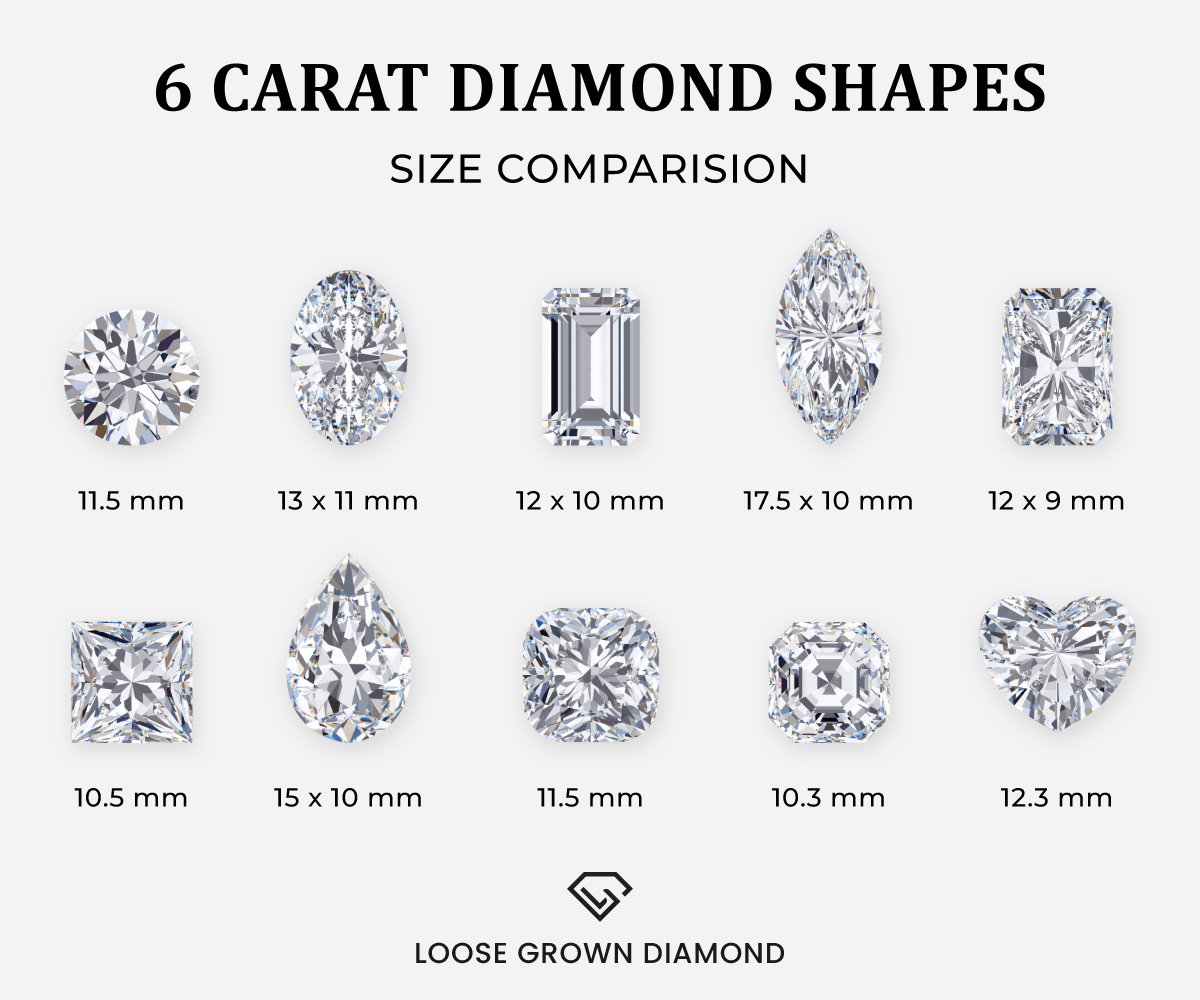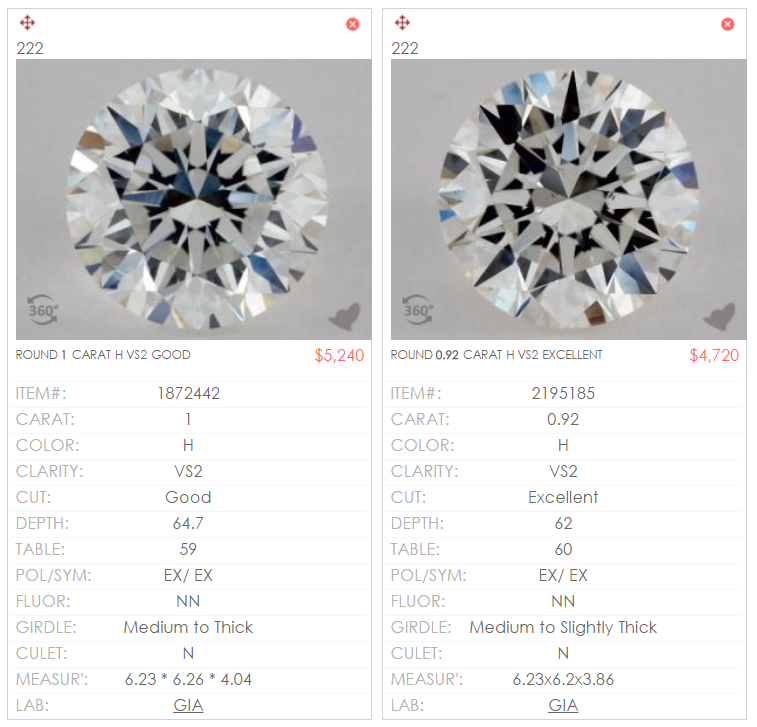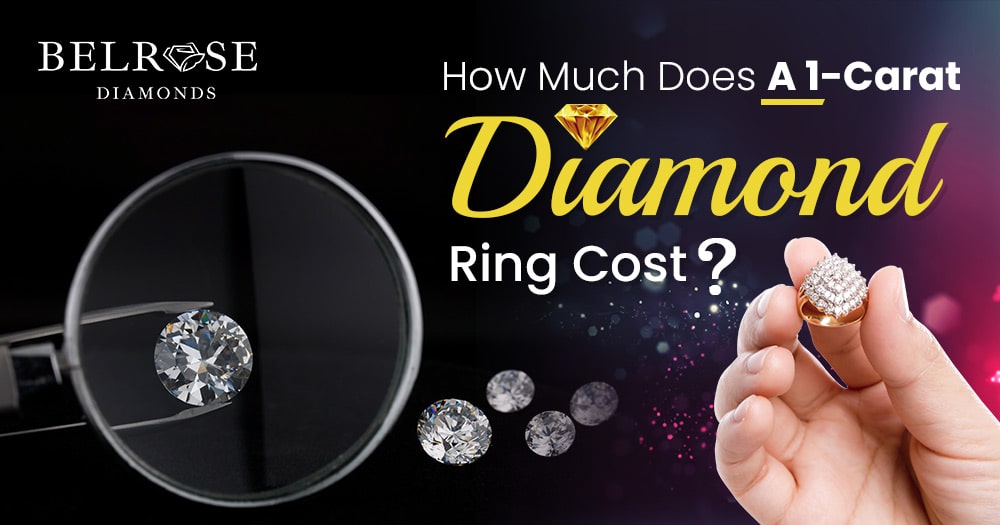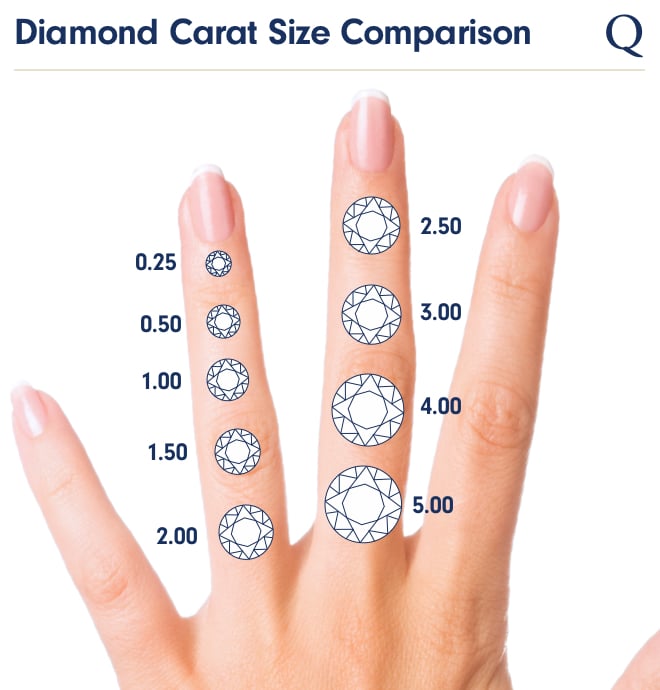How Much Is A 6.5 Carat Diamond Worth
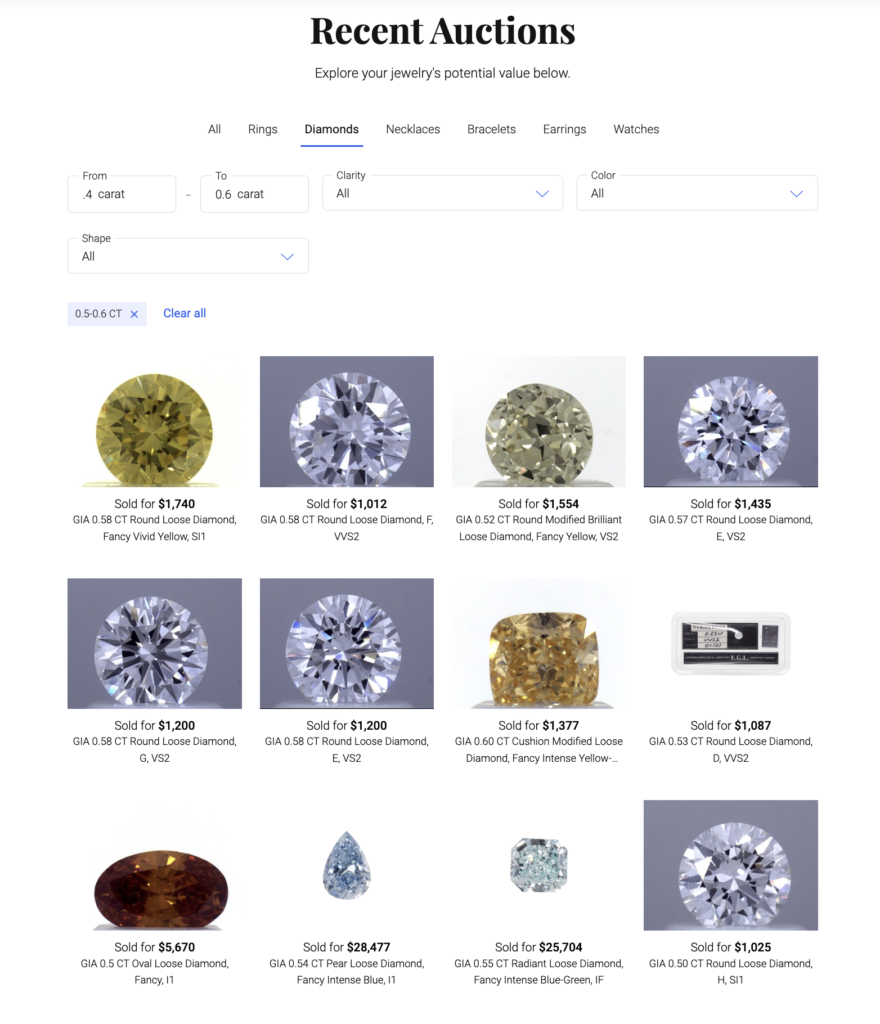
The allure of diamonds, particularly those exceeding the six-carat mark, has captivated humanity for centuries. But translating that allure into a concrete monetary value is a complex endeavor, one that hinges on a myriad of factors extending far beyond just size.
Determining the precise value of a 6.5 carat diamond is not as simple as consulting a price chart. The price is determined by several factors. These factors include the four Cs (Carat, Cut, Clarity, and Color) but also taking into account the shape, presence of fluorescence, and the specific market conditions at the time of sale.
The Four Cs: A Foundation for Value
The GIA (Gemological Institute of America) developed the Four Cs, they are the most widely accepted framework for assessing diamond quality. Let's dissect how each contributes to the final valuation of a 6.5 carat stone.
Carat Weight
While carat weight is the most obvious factor, it's crucial to understand that price per carat increases exponentially with size. A 6.5 carat diamond will command a significantly higher price per carat than, say, a 5 carat diamond, assuming all other qualities are equal.
Cut
The cut refers to the proportions, symmetry, and polish of the diamond. A well-cut diamond will maximize brilliance, fire, and scintillation, leading to a higher valuation.
A poorly cut stone, even with excellent color and clarity, will appear dull and lifeless, significantly impacting its price.
Clarity
Clarity grades assess the presence and visibility of inclusions (internal flaws) and blemishes (external imperfections). Diamonds are graded on a scale ranging from Flawless (FL) to Included (I3).
A 6.5 carat diamond with a high clarity grade (FL, IF, VVS1, VVS2) will be significantly more valuable than one with visible inclusions (SI1, SI2, I1, I2, I3). The presence of inclusions is one of the determining factors in diamond prices.
Color
In white diamonds, color grading assesses the absence of color. The scale ranges from D (colorless) to Z (light yellow or brown). Colorless diamonds (D, E, F) are the most desirable and command the highest prices.
Even slight variations in color can have a substantial impact on the price of a large diamond. A 6.5 carat diamond with a D color grade will be far more valuable than one with an H or I color grade.
Beyond the Four Cs: Other Influencing Factors
While the Four Cs provide a solid foundation, other characteristics play a crucial role. Diamond shape is one such factor.
Round brilliant diamonds are the most popular and typically command a premium. Fancy shapes (e.g., oval, pear, cushion, emerald) can vary in price depending on current demand and the quality of the cut.
The presence of fluorescence, a phenomenon where a diamond emits visible light when exposed to ultraviolet radiation, can also impact value. Strong fluorescence can sometimes make a diamond appear milky or hazy, lowering its price.
Market Conditions and Scarcity
The value of a 6.5 carat diamond is also influenced by market conditions, including supply and demand. Economic factors, such as inflation and currency exchange rates, can also play a role.
The rarity of a 6.5 carat diamond with exceptional cut, clarity, and color contributes to its inherent value. Stones of this size and quality are not commonly found, making them highly sought after.
Expert Opinion and Appraisal
Ultimately, determining the precise value of a 6.5 carat diamond requires the expertise of a qualified gemologist or appraiser. They will assess all the aforementioned factors and provide an informed opinion of its worth.
An appraisal from a reputable organization, such as the GIA or the American Gem Society (AGS), provides documented proof of the diamond's characteristics and value, which is essential for insurance purposes and potential resale.
Looking Ahead: Trends and Predictions
The diamond market is constantly evolving. Consumer preferences and technological advancements influence the market.
Lab-grown diamonds are becoming increasingly popular. This trend may impact the pricing structure of natural diamonds, particularly in the larger carat weight categories.
While the value of any diamond can fluctuate based on a number of reasons, the intrinsic beauty and cultural significance of these gemstones should ensure their continued appeal.
